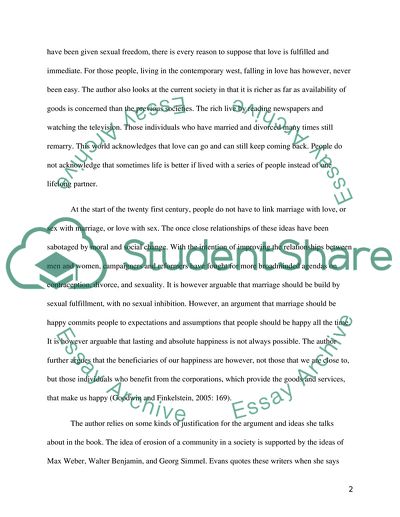Cite this document
(Individual and society Literature review Example | Topics and Well Written Essays - 1750 words, n.d.)
Individual and society Literature review Example | Topics and Well Written Essays - 1750 words. https://studentshare.org/sociology/1607050-individual-and-society
Individual and society Literature review Example | Topics and Well Written Essays - 1750 words. https://studentshare.org/sociology/1607050-individual-and-society
(Individual and Society Literature Review Example | Topics and Well Written Essays - 1750 Words)
Individual and Society Literature Review Example | Topics and Well Written Essays - 1750 Words. https://studentshare.org/sociology/1607050-individual-and-society.
Individual and Society Literature Review Example | Topics and Well Written Essays - 1750 Words. https://studentshare.org/sociology/1607050-individual-and-society.
“Individual and Society Literature Review Example | Topics and Well Written Essays - 1750 Words”. https://studentshare.org/sociology/1607050-individual-and-society.


